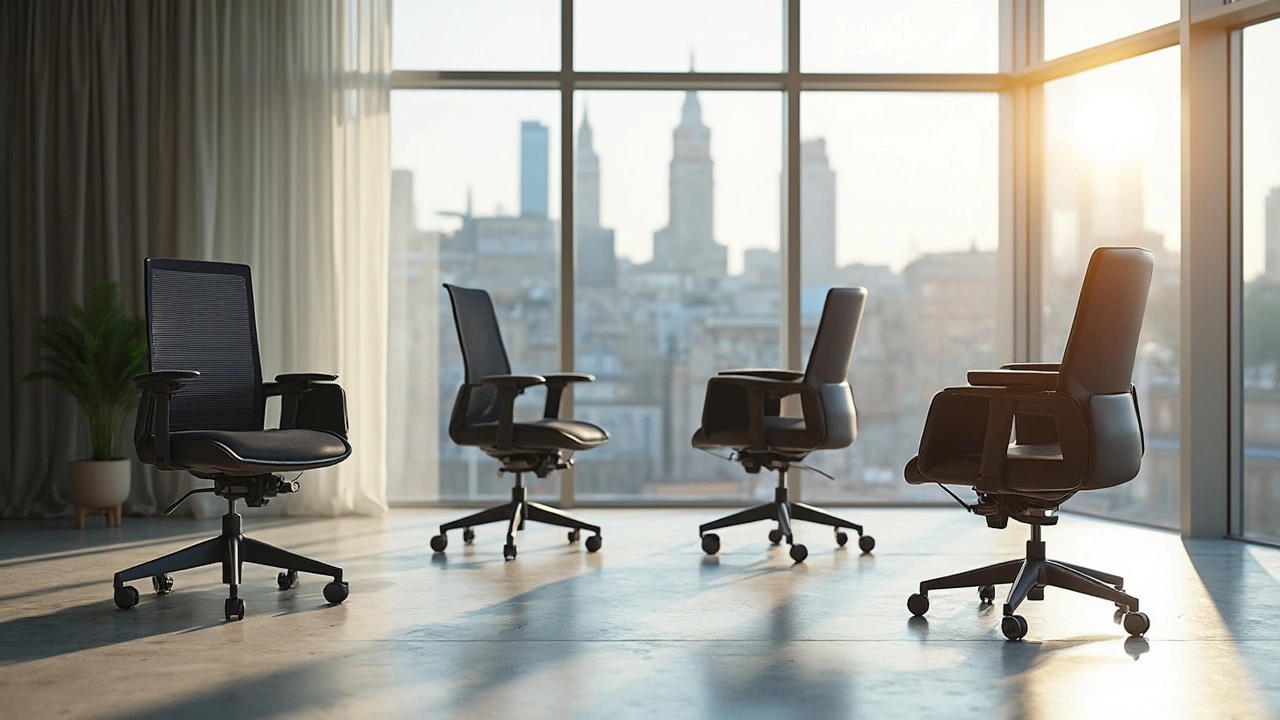Posture Tips and Furniture Guides for a Healthier Home
Good posture isn’t just for the gym – it starts the moment you sit at your desk or relax on the sofa. Bad habits creep in while you scroll, work, or binge‑watch, and they can turn into aches that linger for weeks. The good news? Small changes to the way you sit, stand, and choose furniture can make a huge difference.
In this guide we’ll break down why posture matters, point out the most common mistakes, and show you which pieces from Rustic Social and other brands actually help you sit tall. You’ll walk away with a checklist you can apply right now, whether you’re setting up a home office, a cozy reading nook, or a family living room.
Why posture matters at home
When you slouch, the spine is forced into an uneven shape. After a few hours that pressure builds up, leading to lower‑back pain, neck strain, and even headaches. Kids aren’t immune – a poorly positioned desk can affect their growth and concentration.
Research shows that people who sit with proper alignment stay more focused and feel less fatigue. It’s not about a fancy posture brace; it’s about supporting the natural curves of your back with the right furniture and habits.
Furniture choices that support good posture
Start with the chair. Look for a seat that offers lumbar support, adjustable height, and a seat depth that lets your feet rest flat on the floor. Our “Best Alternatives to an Office Chair” post highlights yoga balls, kneeling chairs, and standing desks as options that keep you moving while you work.
If you prefer a traditional chair, pick one with a sturdy hardwood frame and a cushion that won’t flatten after a few months. High‑density foam or leather upholstery, as covered in “Most Durable Sofas in 2025,” tends to hold its shape longer, giving consistent support.
Desks should be at elbow height when you type, with the monitor at eye level. A simple stack of books under the screen can do the trick if you don’t have a height‑adjustable desk. For those who love a relaxed vibe, a low coffee table paired with a floor cushion can work, but keep the cushion firm enough to prevent sinking.
Rugs can improve comfort, but they shouldn’t cause you to tilt your hips. Our “Should You Put a Rug Under Your Coffee Table?” guide explains how to choose a rug size that keeps your sitting posture neutral.
Don’t forget accessories. A footrest lifts your knees to a 90‑degree angle, while a small lumbar pillow adds extra curve support. Even a quick stretch every hour – like the seated ab moves from our “Flatten Your Stomach While Sitting” post – can reset tension.
Finally, remember to move. Switching between a standing desk, a kneeling chair, or a yoga ball keeps muscles active and reduces static loading. The key is variety, not perfection.
With these basics you can turn any room into a posture‑friendly zone. Grab a chair that backs you up, set your desk at the right height, and schedule short movement breaks. Your back will thank you, and you’ll feel more energized throughout the day.
Ready to upgrade? Browse our curated list of ergonomic pieces, read the full posts linked above, and start building a healthier, more comfortable living space today.
Best Chair to Prevent Slouching: Find Your Perfect Posture
If you're tired of slouching in your office chair, it's time to find one that promotes proper posture. A good chair should support your back, encourage a natural sitting position, and prevent fatigue. We'll explore features to look for in a chair, some popular options on the market, and tips on sitting correctly. Get ready to transform your workday by making a simple yet effective change.
More
